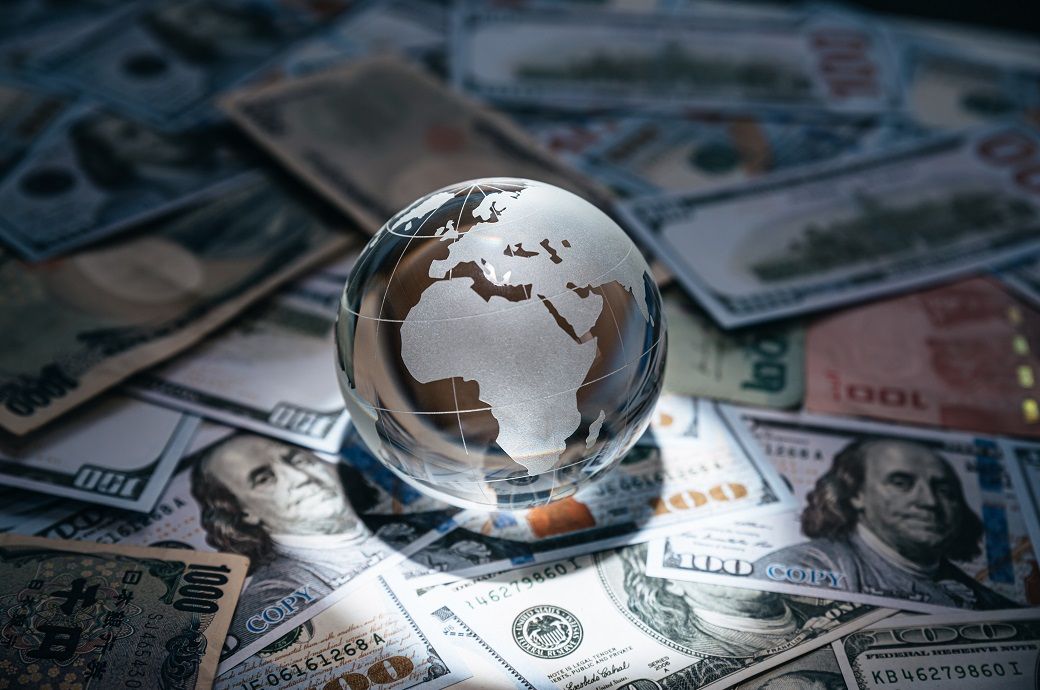
Despite aggressive rate hikes from the Fed and European Central Bank (ECB), developed market economies have proven resilient. The US has managed to stave off recession, though it's anticipated to face economic contraction in the fourth quarter (Q4) of 2023 and Q1 2024 due to the impact of monetary and credit tightening. Slowing consumer spending is expected to further dampen US economic growth.
Meanwhile, the eurozone narrowly avoided a significant recession in Q4 2022 and Q1 2023 following disruption of Russian gas flows. However, weak global trade and slow economic momentum measured by purchasing manager's indexes (PMIs) may pose a recessionary risk if not ameliorated in coming months, as per the report.
In contrast to the expected slowdown in developed markets, India's economy is showing robust growth with strong domestic demand and manufacturing activity, largely driven by pent-up demand for services. The public sector capex recovery is expected to bolster India's economic resilience.
Association of Southeast Asian Nations (ASEAN) economies are projected to maintain healthy growth in 2023, despite the absence of a spillover effect from China's reopening. Notably, Vietnam, Indonesia, and the Philippines are expected to grow more than 5 per cent, and Thailand and Malaysia are anticipated to grow above 4 per cent.
However, China's recovery has lost some steam after an initial surge driven by pent-up consumer demand. Despite some measures to support growth, the government isn't expected to provide a significant stimulus package. The 2023 GDP growth forecast for China has been adjusted downward to 5.4 per cent from 5.8 per cent, the report added.
The Gulf Cooperation Council (GCC) region is anticipated to remain a bright spot in the global economy in H2, underpinned by robust non-hydrocarbon growth. In Sub-Saharan Africa, improving outlooks are driven by domestic reform momentum and progress in debt restructuring initiatives in several countries.
Fibre2Fashion News Desk (DP)